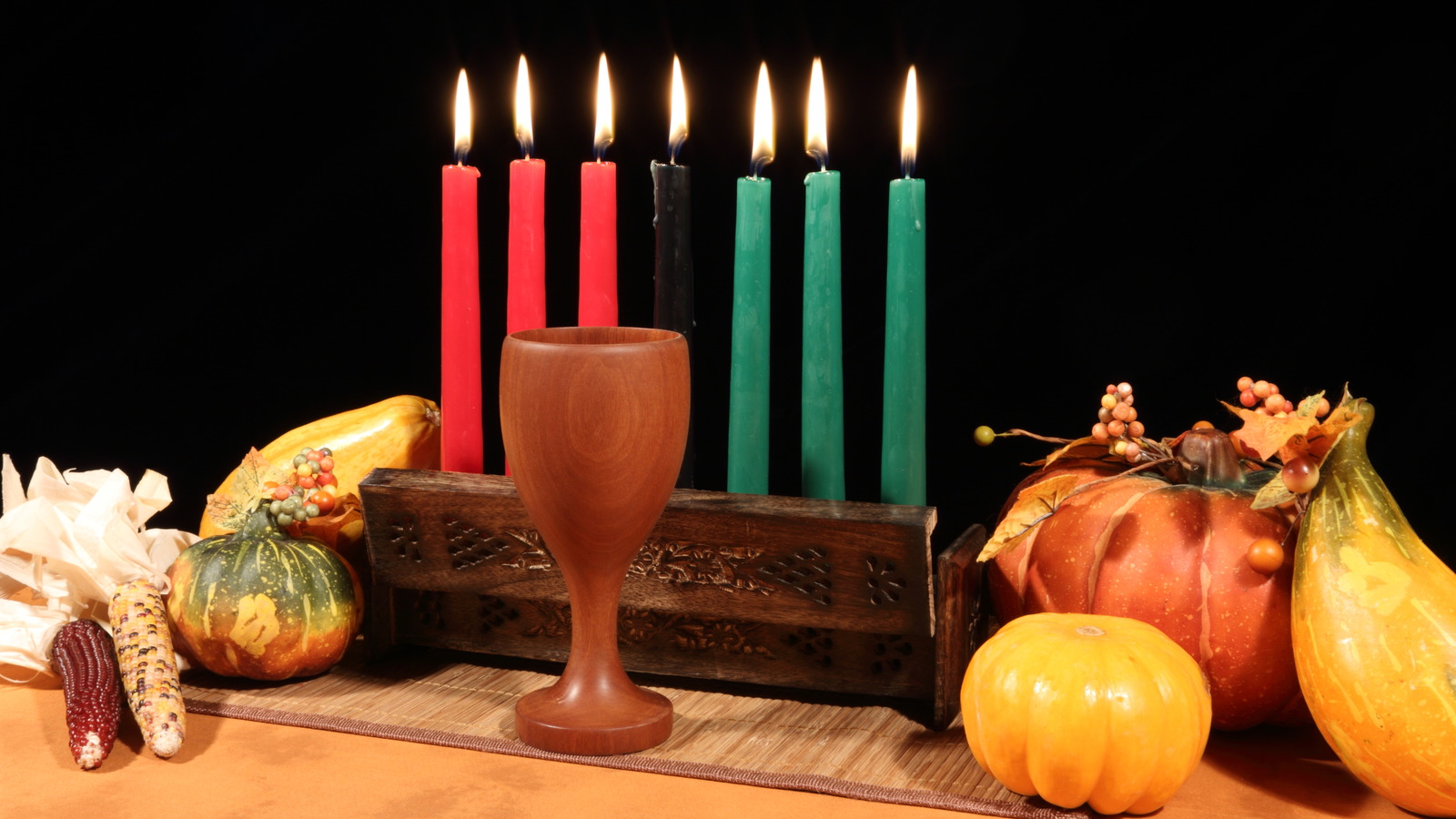Other famous soul food dishes that bridge the culinary gap between Africa and the Americas include oxtail stew, jerk chicken, candied yams, jambalaya, gumbo, jollof rice, cornbread, whiting, and fried plantains. Because Kwanzaa is a celebration of African unity, dishes from the African diaspora include Caribbean specialties in addition to soul food from the American South.
Consequently, you’ll see Jamaican specialties like sweet potato pudding and beef patties, Haitian recipes like epsis for a fish marinade, and Puerto Rican mofongo, which is a Caribbean iteration of the West African dish fufu. In the spirit of inclusivity, Kwanzaa dishes also extend to authentic East African dishes like Ethiopian injera and West African dishes like fufu and peanut stew. While Karamu menus vary from household to household, soul food classics such as collard greens, corn, and black-eyed peas all have symbolic significance and ritualistic importance to Kwanzaa.
Corn, for example, represents the children and the future of the Black community. Corn is also a key ingredient in Southern cooking, and is used in cornbread, hush puppies, and cornmeal crusting for fried okra and catfish. Apart from being two prime food crops of the African diaspora and thus important Kwanzaa staples, collard greens and black-eyed peas are symbolic of prosperity and good luck, respectively.
Source link







